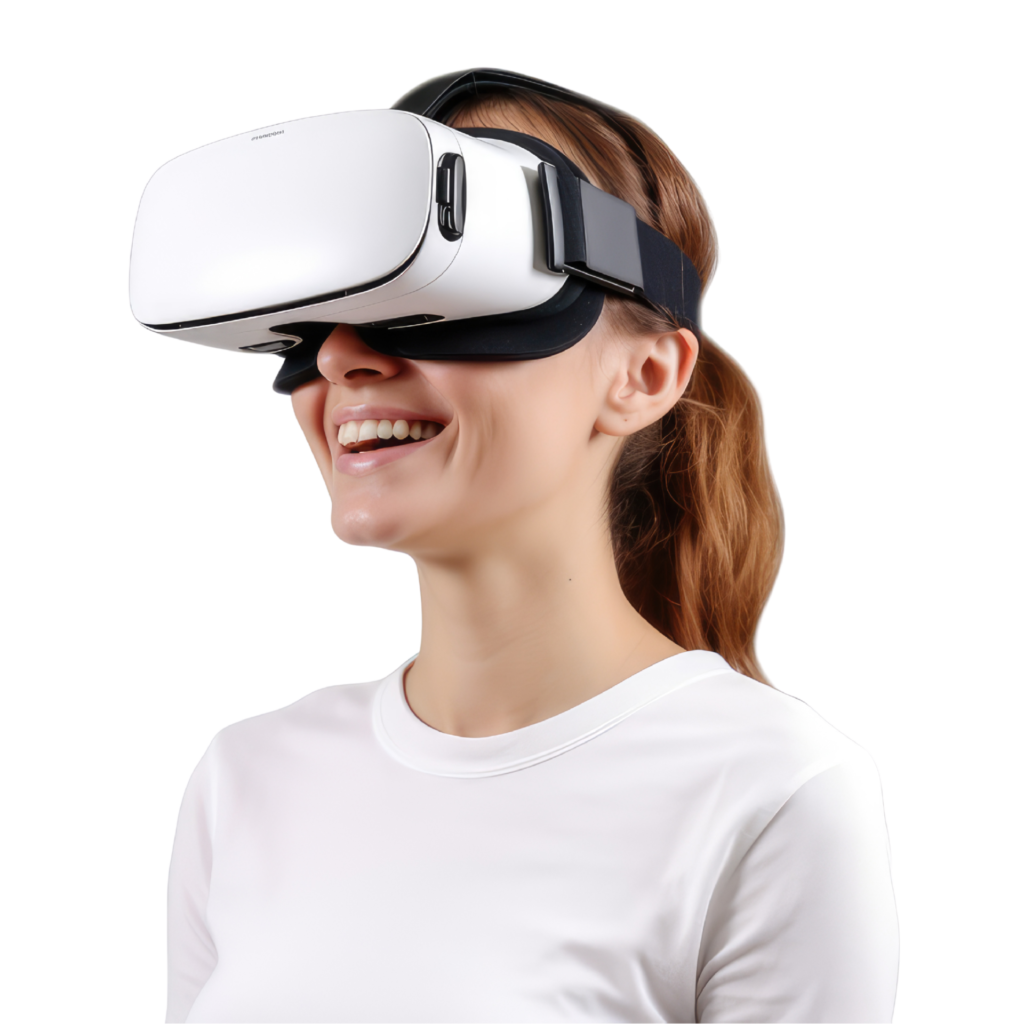The Rise of Virtual Reality: Transforming the Digital Landscape
Virtual Reality is rapidly evolving, transforming numerous industries and redefining how we interact with digital content. From gaming and entertainment to education, healthcare, and real estate, VR offers immersive and interactive experiences that were once unimaginable. As technology continues to advance and become more accessible, VR is poised to become an integral part of our digital lives, offering endless possibilities for innovation and exploration.

Virtual Reality (VR) is no longer just a futuristic concept from science fiction. Over the past decade, VR has emerged as a transformative technology with applications spanning entertainment, education, healthcare, real estate, and beyond. With advancements in hardware and software, VR is becoming increasingly accessible and influential, revolutionizing how we interact with digital content.
The Evolution of VR Technology
Early Beginnings
VR technology has roots dating back to the 1960s with the development of the first head-mounted displays (HMDs). However, it wasn’t until the 1990s that VR began to capture mainstream attention, despite the limitations in graphics and user experience. Early systems were bulky, expensive, and often caused motion sickness, hindering widespread adoption.
Modern Developments
The modern era of VR began in the early 2010s with the introduction of more advanced and affordable HMDs like the Oculus Rift, HTC Vive, and PlayStation VR. These devices featured improved graphics, better motion tracking, and more ergonomic designs. Coupled with powerful gaming PCs and consoles, these advancements made immersive VR experiences more accessible to consumers.
Standalone VR Headsets
The development of standalone VR headsets, such as the Oculus Quest series, marked a significant milestone. These devices do not require a PC or console, offering greater portability and ease of use. With built-in processors, sensors, and displays, standalone headsets have broadened the potential user base, bringing VR closer to mainstream adoption.
Applications of VR
Gaming and Entertainment
Gaming remains the most popular application of VR, offering players immersive experiences that traditional gaming cannot match. Titles like “Beat Saber,” “Half-Life: Alyx,” and “Resident Evil 7” have set new standards for VR gaming, providing engaging and interactive environments.
Beyond gaming, VR is revolutionizing other forms of entertainment. Virtual concerts, movies, and social VR platforms like VRChat allow users to experience and interact with digital content in entirely new ways.
Education and Training
VR is transforming education by providing immersive learning experiences. Virtual classrooms, historical simulations, and interactive labs offer students engaging and hands-on learning opportunities. VR is also being used for professional training, allowing for realistic simulations in fields such as medicine, aviation, and military.
Healthcare
In healthcare, VR is being used for everything from surgical training to mental health treatment. VR simulations provide surgeons with realistic practice scenarios, improving their skills and confidence. For mental health, VR therapy is used to treat conditions like PTSD, anxiety, and phobias by exposing patients to controlled, virtual environments.
Real Estate and Architecture
VR is revolutionizing the real estate industry by allowing potential buyers to take virtual tours of properties. Architects and designers are also using VR to create immersive walkthroughs of buildings, helping clients visualize spaces before they are built.
Challenges and Future Prospects
Technical Limitations
Despite significant advancements, VR still faces technical challenges. High-quality VR experiences require substantial processing power, which can be a barrier for standalone headsets. Additionally, issues like motion sickness, limited field of view, and the need for more realistic haptic feedback are areas that require further development.
Accessibility and Cost
While the cost of VR hardware has decreased, it remains a barrier for many consumers. Ensuring broader accessibility involves not only reducing hardware costs but also developing more inclusive content that caters to diverse audiences.
Future Innovations
The future of VR looks promising with ongoing research and development. Advances in areas such as eye-tracking, hand-tracking, and more realistic haptic feedback are set to enhance the immersive experience. Moreover, the integration of VR with other emerging technologies like artificial intelligence (AI) and augmented reality (AR) will open new possibilities for innovation.